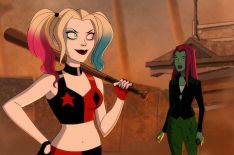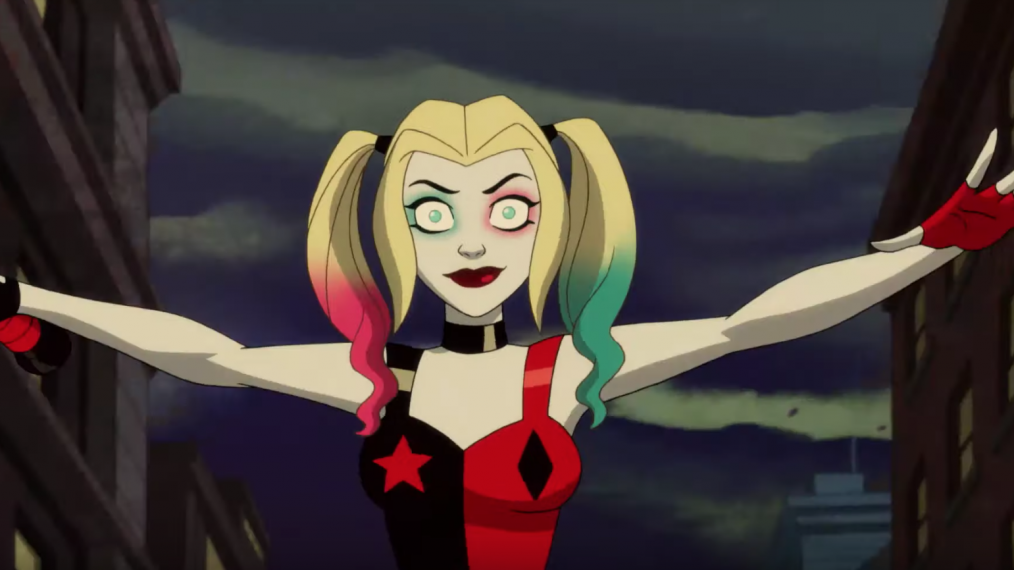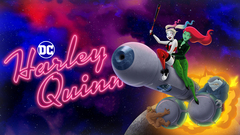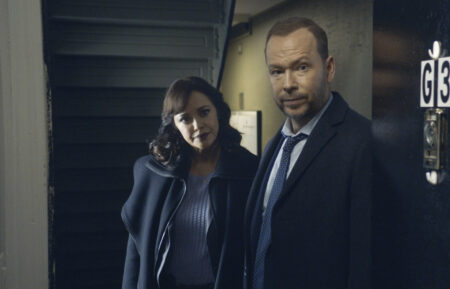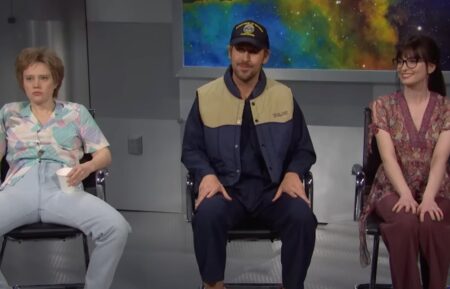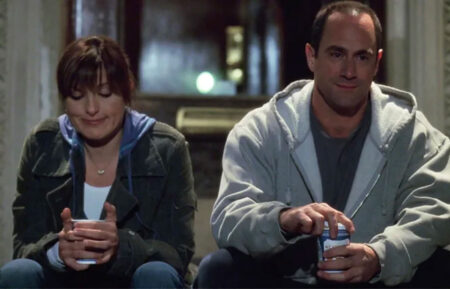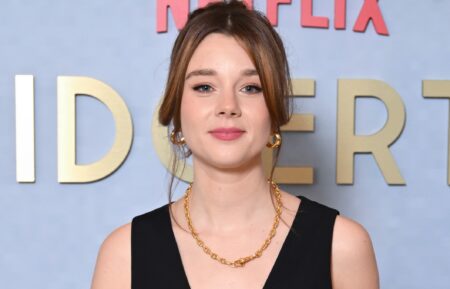How DC Comics’ Harley Quinn Broke Into the Young Adult World
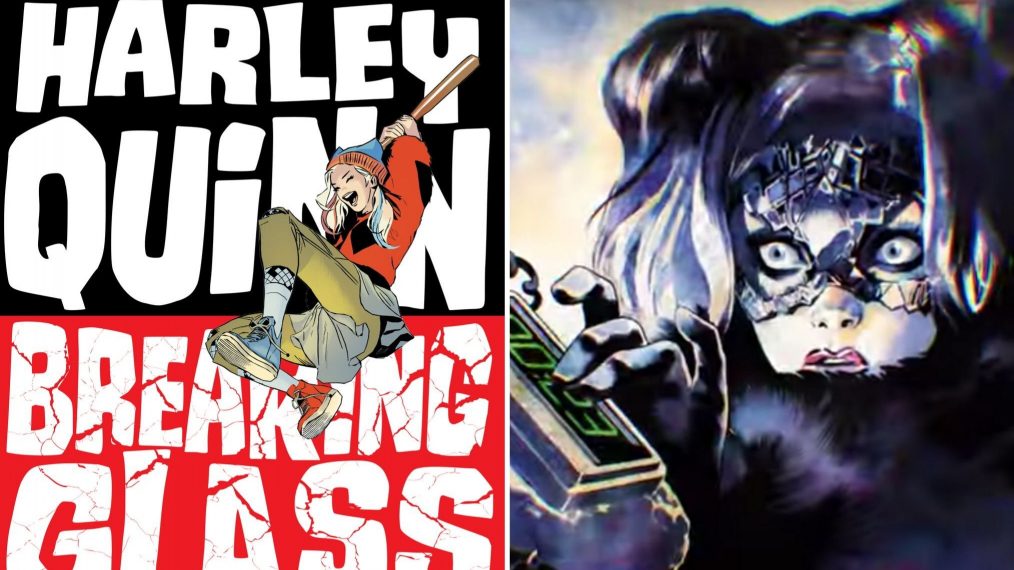
It’s a good time to be a superhero and an even better time to be a supervillain. Just look at how great Robin Lord Taylor and Cory Michael Smith were as Penguin and Riddler on Gotham. Or Jon Cryer‘s interesting new take on Lex Luthor for Supergirl. And don’t even get us started on the glory that was Blake Ritson’s Brainiac on the terrific, short-lived Krypton.
The great thing about TV is that it allows writers to take venerated baddies like these and tweak their source-material DNA to work within the universe established by the show. Canon is malleable. Same thing for comic books, especially now that publishing has gotten hip to the hotness of nerd culture and embraced the chance to tell new stories with classic characters.
DC Ink, an imprint out of DC Comics, has been crushing it with the original content lately, releasing YA-targeted graphic novels centered on Aquaman‘s Mera, Titans‘ Raven and last month’s release, Harley Quinn: Breaking Glass.
Drawn by Eisner Award-nominated artist Steve Pugh and written by Mariko Tamaki, who also penned last year’s terrific Supergirl: Being Super mini-series, Glass reimagines Harleen Quinzel as a teenager, new to Gotham City and just on the cusp of creating life-altering bonds with two other icons: Poison Ivy and the Joker.
After being taken in by a drag queen named Mama, the young rebel with the love of baseball bats finds herself torn between Ivy’s advocacy and the Joker’s more chaotic approach to social justice when Mama’s club becomes swept up in the gentrification of Gotham.
It’s a rollicking, inclusive and insightful take on one of comicdom’s most beloved, complex characters that dares to play with what we think we know about her while adding even more reasons to love this misunderstood menace to society. Here, Tamaki talks about bringing Harley into the YA world.
Harley Quinn has been having quite the moment. What is the main appeal of a character like Harley?
Mariko Tamaki: I mean, she’s charismatic. She’s unpredictable. She looks cool. She’s complicated. I guess that’s four things!
Where there any restrictions as to what you could or couldn’t do with Harley’s origin?
There weren’t any imposed by DC. But I wanted to make sure it felt like the Harley Quinn readers already knew and loved. I tried to keep a lot of the same relationships in her life. Of course, this is also a young Harley Quinn, so a lot of the adult stuff hasn’t happened to her yet.
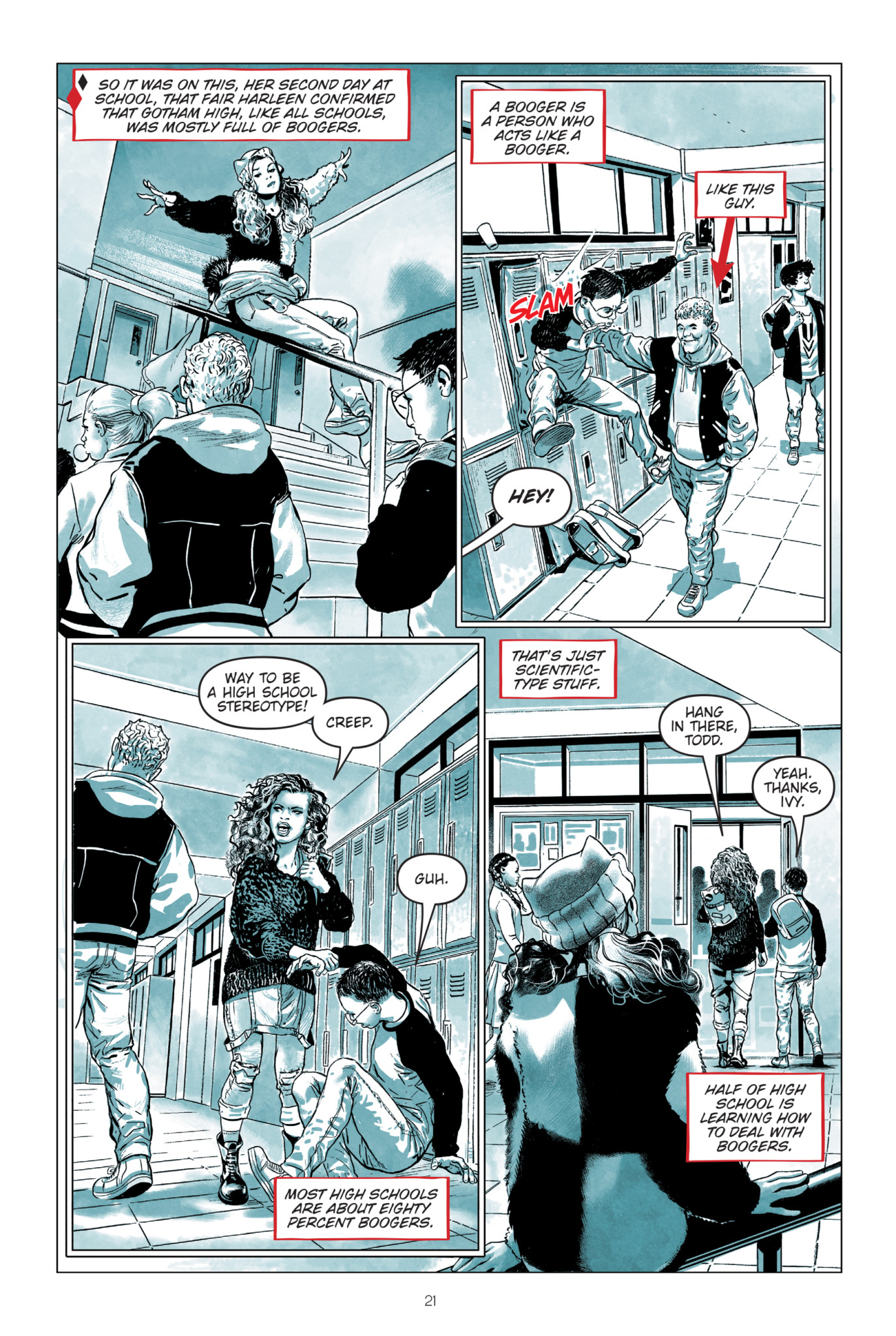
When did you begin mapping out this story, and how different is it from your earliest draft?
A lot of it is what I originally mapped out after my first meeting with DC Comics. One thing that did evolve was the relationship between Harley, Ivy and The Joker, which I figured out more as I was writing.
What is the challenge of telling a story in which the protagonist has to be, at some point, a sympathetic version of a character we know (and see) becomes a villain?
As an origin story, I wanted this story to be about the beginnings of a character’s relationship with justice. Like, possibly there’s a difference between fighting for your friends, for what you think is important, and understanding the context your fight sits in. [It’s] about what it means to be something that looks like a hero versus someone that acts more like a villain. All these characters are teenagers, so they’re all trying things on, figuring things out, and this comic is about that. I think in this comic, you see Harley Quinn is a fighter. Now…it’s just a matter of where that fight will take her.
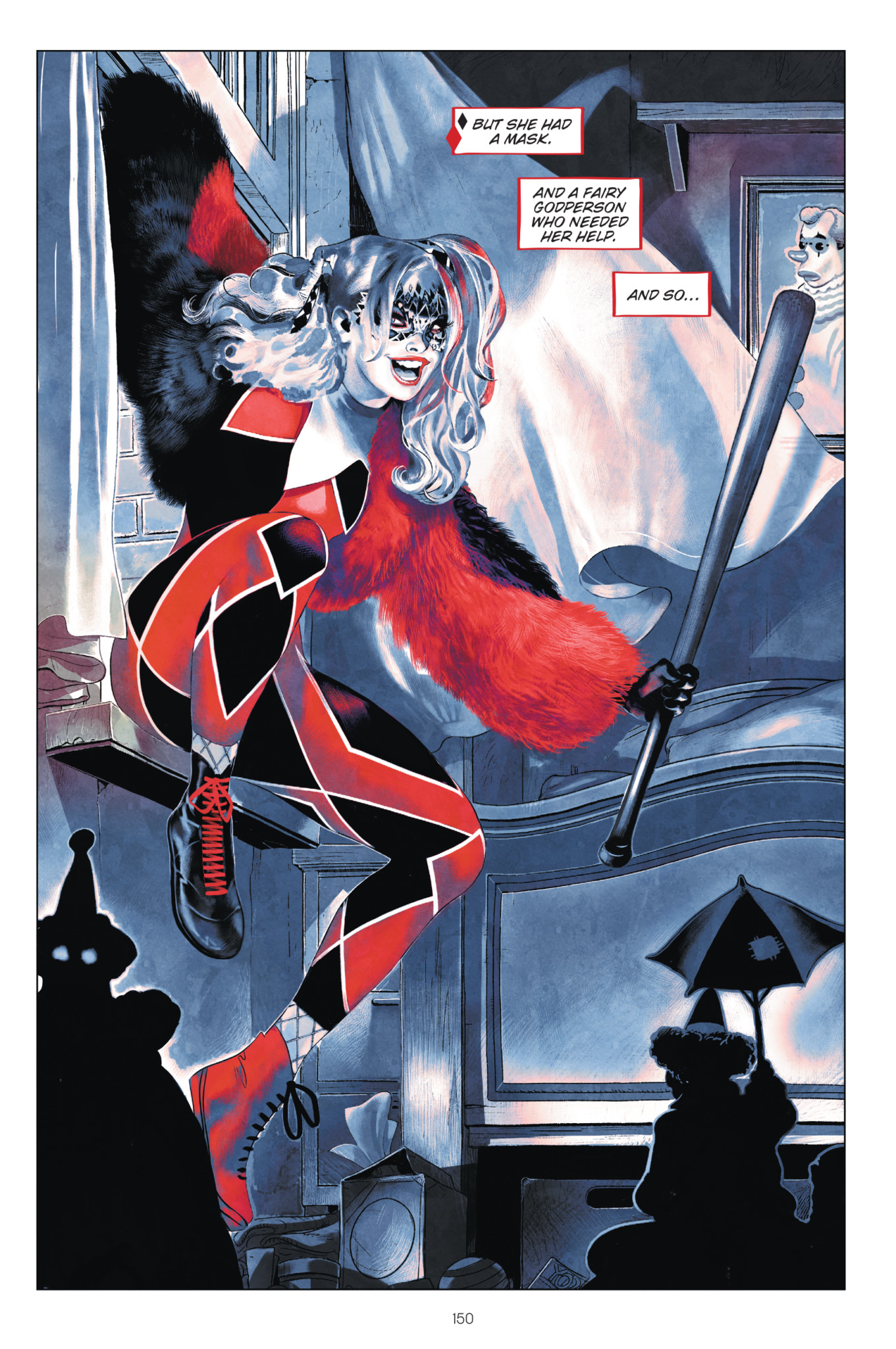
How did you decide the themes you wanted to include in Harley’s journey?
I try not to decide on themes. There’s some classic ones for sure. Justice. Good versus Evil. Other than that I try to keep my mind on the story.
The friendship between Ivy and Harley also plays into the DC Universe’s upcoming animated Harley series. What is it about these two that you enjoyed writing the most?
They’re a little bit opposites. They both have good intentions but they play them out very differently. I think they have a lot to give each other as friends. I love writing their conversations.
There have been so many versions of Harley in the comics. Was there a particular one you imagined or used as inspiration for the YA take on her?
I drew on a wide variety of Harley inspirations. So there’s no one in particular. I did enjoy how Margot Robbie spoke as Harley in the Suicide Squad movie, so I did listen to an extra little bit of that.
Harley Quinn: Breaking Glass, available now everywhere books are sold, including amazon.com.

